
views
Trapping a Mole

Look for signs of mole activity in the spring and fall. These are the seasons during which moles are most active and dig close to the surface. They tend to burrow deeper underground in the winter, making them harder to catch in the colder months. Moles give birth late in the spring, so trapping them before the beginning of summer will help to control the mole population. Plan to set your mole traps during spring or fall for best results.
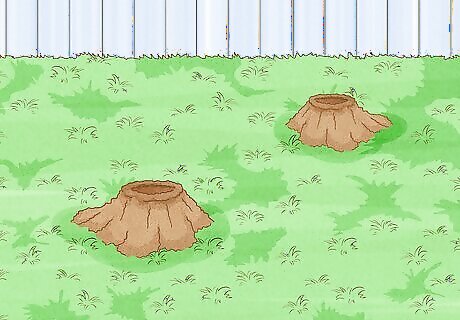
Check your yard for telltale molehills. You probably already know what to look for: lumpy, bare spots in your yard that look like tiny dirt volcanoes. You might see one or two, or perhaps your hard is riddled with molehills. No matter how many hills you see in your yard, you probably don't have more than one or two moles about. They are loners who prefer to dig by themselves; they don't travel in packs or live in communities.
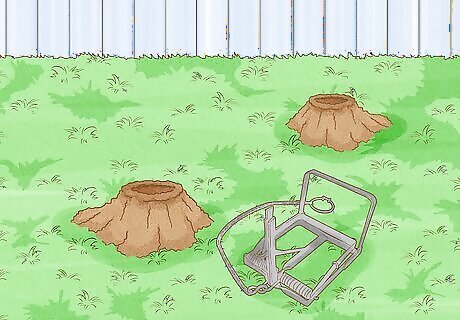
Choose a trap location by checking for active tunnels. Locate the main active runways in the ground by caving them in and waiting for the mole's response. During the afternoon, crush the molehills with your foot. If the hill is active, it will reappear the next morning. A main runway will be straight, and will connect mounds to each other. Main runways usually run along constructed borders, such as walkways or fences.
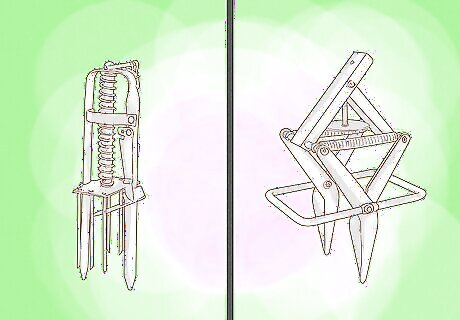
Set a trap. You'll need to buy a trap designed specifically for moles. There are two types of traps to choose from: a harpoon trap and a scissors trap. In either case, the mole will run inside and immediately be killed. Set a harpoon trap by making a well over an active tunnel. Push your hand down gently over the tunnel so that the tunnel collapses by 50%. Align the spikes of the trap over the tunnel. Press the trap into the ground. The trigger pan of the trap should rest just on top of the depression in the tunnel. Set the trap by following the instructions that come with the trap, then leave it. Set a scissors trap by first probing near molehills for deep tunnels with a long screwdriver or steel rod. You will hit a tunnel when your probe slides quickly down an inch or two. Dig a hole the same size as the trap where the probe indicated the presence of a tunnel. Insert a packed lump of soil into the tunnel, set the trap according to instructions, and lower the trap into the hole. Ensure that both pairs of jaws are inside of the tunnel, one pair on each side of the lump of soil. Release the safety catch and fill in the hole.
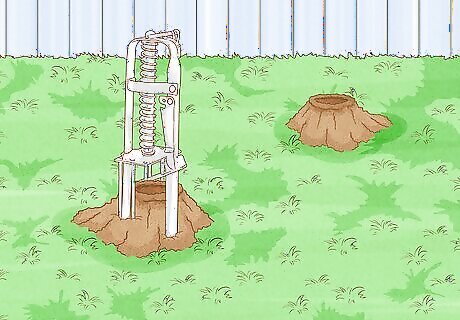
Check the trap. Once you've set your trap, you'll need to check it every day to see if you have caught a mole. If you do not find a mole in 4 to 5 days, you might have set the trap in a tunnel that is no longer in use. You'll need to move the trap to a different location. Continue checking the trap and moving it if necessary until you've caught a mole. If you're having trouble finding a tunnel that's in use, make sure you're setting your traps near freshly raised molehills.
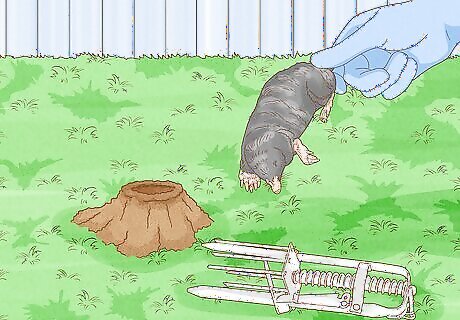
Remove the mole from the trap. Once the animal is trapped, follow the instructions for mole removal that come with your trap. Be sure to wear plastic gloves to remove the mole.
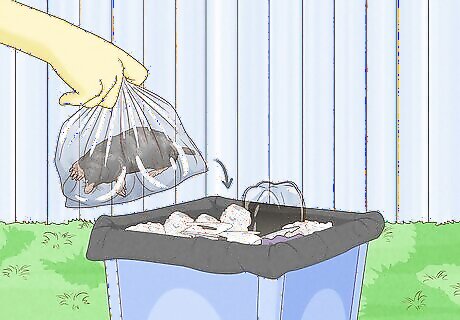
Dispose of the mole. Use a shovel to place the mole inside a plastic bag. Close the bag tightly and put the bag into an outside garbage container. Follow local laws for disposal of dead animals.
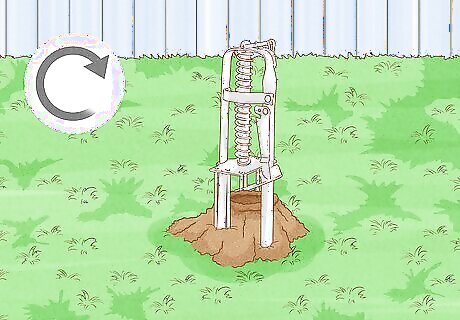
Set the trap again. Moles from other yards will move into your yard's tunnels once you've trapped your yard's mole. You'll need the set the trap again and check it every few days, disposing of trapped moles as you find them. Eventually the tunnels will get old and new moles will stop moving in.
Taking Other Approaches
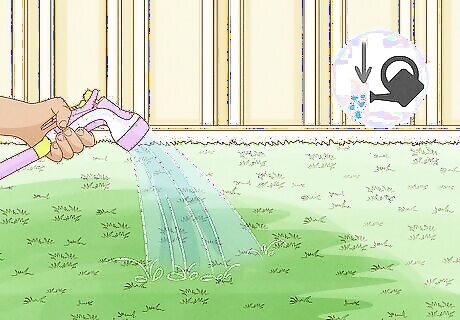
Water your yard less. Moles are water creatures, and they particularly love to move into lawns that are well-watered. Damp lawns have more worms, which moles eat, and wet soil is easier for the moles to move through. If you have your sprinkler on day in and day out, you're creating the ideal habitat for moles. Try watering it once a week to make it less hospitable for the furry creatures.

Replace your lawn with succulents or low-water plants. Who says your yard has to be filled with grass? Grass needs to be watered consistently, and earthworms love burrowing beneath it, so grassy lawns typically draw a lot of moles. If you replace your grass with cacti, moss, or another low-water groundcover, you'll save on water bills and make your yard less appealing to moles. Choose plants native to your area that don't require a lot of watering. You can also plant trees and surround them with gravel, dirt, or appropriate groundcover.
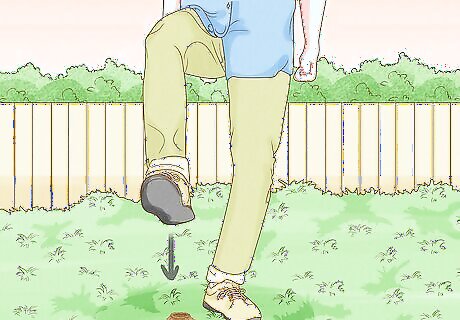
Flatten your lawn with your feet or a roller. This is a time-consuming method for getting rid of moles, but many say it really works. Every day, go outside and tamp down the hills with your feet. You can also use a lawn roller to do the same job. Moles will push the hills back up every time you do this for the first few weeks. Eventually, though, you'll tire them out and they'll start digging their tunnels deeper and stop pushing up your grass.
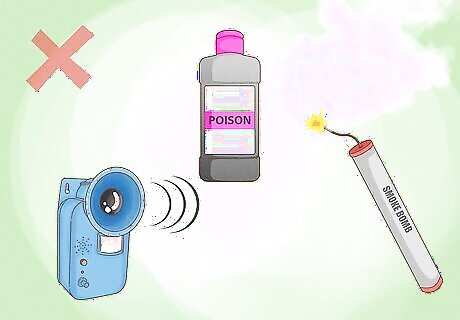
Don't buy into old wives' tales about getting rid of moles. Poisons, human hair, fumigation, and sound wave machines have not been proven to effectively get rid of moles. Don't waste the time and money required to try to implement these methods, among the many others that frustrated gardeners have attempted.
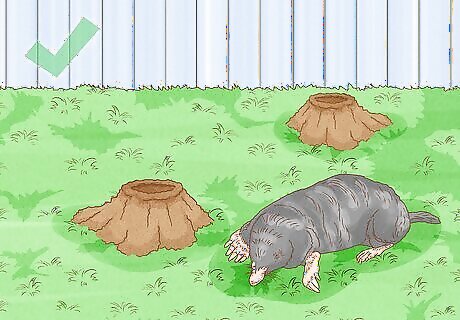
Consider letting the mole be. Moles aerate yards and eat a lot of insects, making your yard healthier in the long run. If you can stand looking at the tiny volcanoes erupting across your lawn, consider coexisting instead of trying to kill the mole. Moles only live for about 3 years, so eventually the problem will take care of itself.




















Comments
0 comment